Address
SACKOBA HQ,
St. Anthony’s College,
Kandy, Sri Lanka 20000
Email Address
secretary@sackoba.lk
editor@sackoba.lk
Address
SACKOBA HQ,
St. Anthony’s College,
Kandy, Sri Lanka 20000
Email Address
secretary@sackoba.lk
editor@sackoba.lk
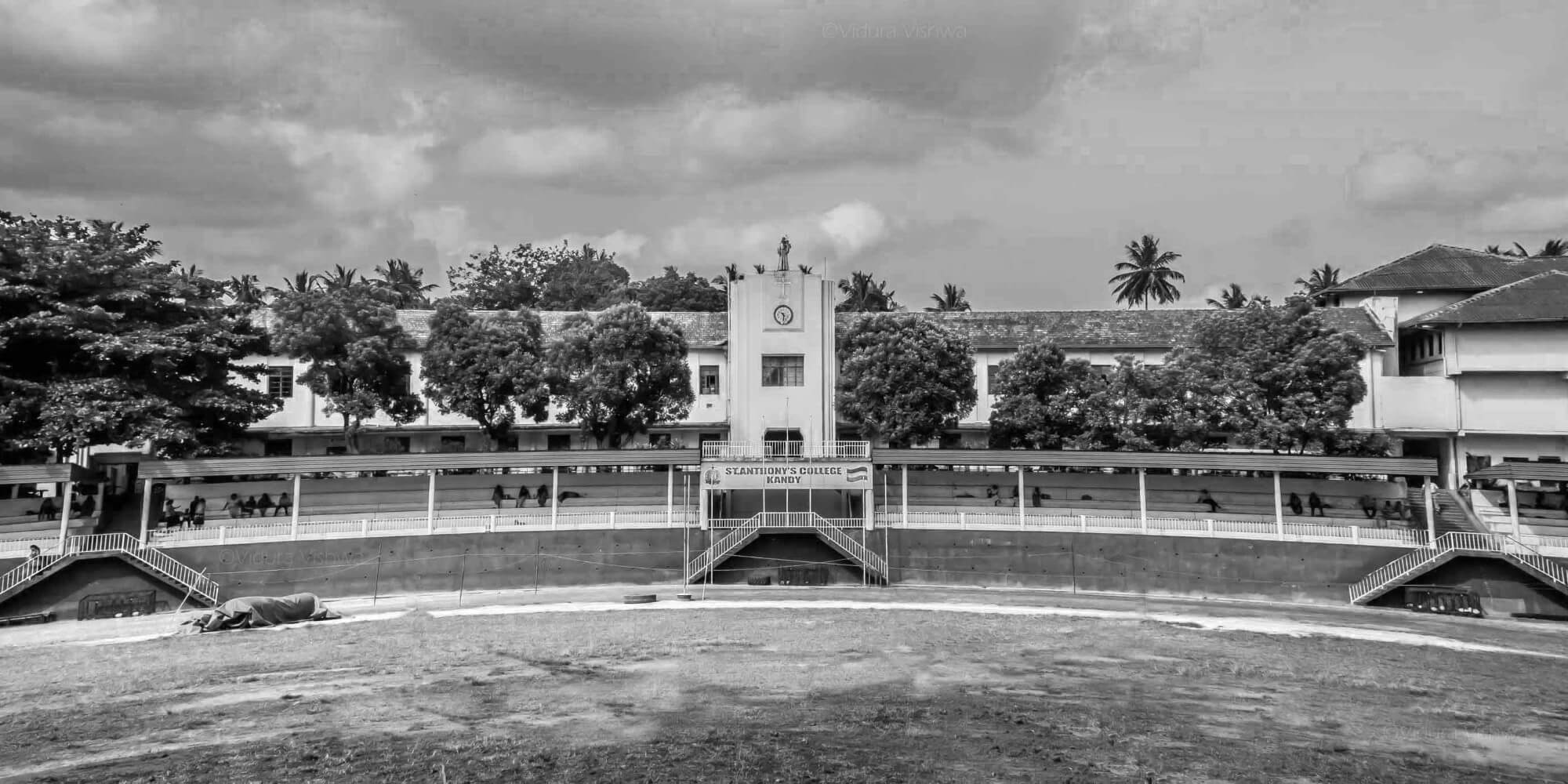
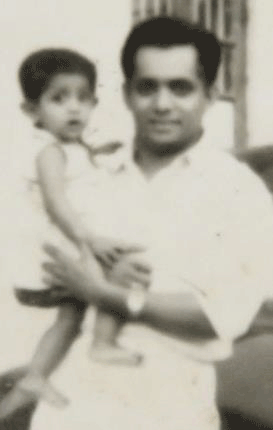
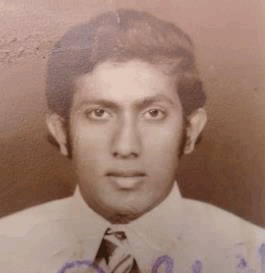
Although years have gone by since he made the ultimate sacrifice to protect the sovereignty of our motherland, Col. Fazly Laphir continues to inspire us all. He will long be remembered as one of Sri Lanka’s greatest war heroes who sacrificed his life to save over 1,200 of his fellow soldiers when the LTTE surrounded and attacked the Mullaithivu army camp killing over 600 soldiers on 18 July 1996.
In early August this year, as part of the annual lecture series of the Institute of National Security Studies Sri Lanka, Brigadier HP Ranasinghe delivered a lecture under the theme “Epic of a War Hero Colonel Aslam Fazly Laphir PWV RWP RSP”. The heroic life of Fazly and his values of leadership were featured in the speech, where Brigadier Ranasinghe stated that “the name of Col. Aslam Fazly Laphir is written in gold letters in the history of Sri Lanka, as one of the salient, gallant war heroes, who fought and sacrificed his life to eradicate terrorism from our motherland, and to protect the sovereignty of the country, as the Ten Giant Warriors of King Dutugemunu, who fought to bring the country under one flag”.

Fazly was educated at St Anthony’s College, Katugastota from 1969 to 1978, where he showed early promise in sports. As a left arm medium pace bowler, Fazly was in the First XI squad under Mohan Ratnakumar in the early part of the 1978/79 season before joining Science College Matale, where he completed his advanced levels. Fazly was the eldest of eight children to the late Dr AHM Laphir, an old Antonian himself, and Mrs Sithy Laphir. He grew up in Madawala Bazzar, a little-known village situated 6km from college.
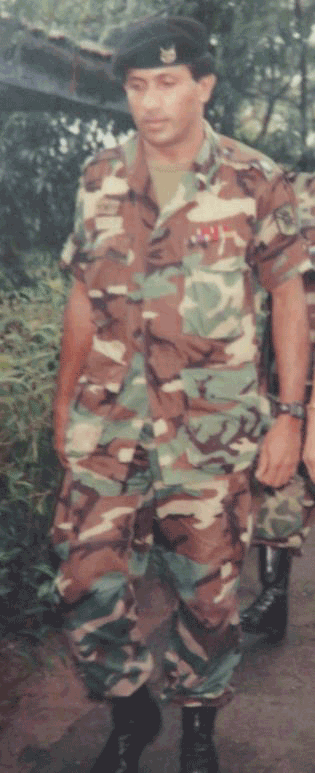
Foregoing an opportunity to study engineering in an overseas university, Fazly joined the army in mid-1980 with the blessings of his parents. After completing eighteen months at the Sri Lanka Military Academy in Diyathalawa, he was commissioned as an officer in February 1982. His leadership qualities and strategic acumen were on display even at this early stage of his career, when Fazly was ranked in the top two officer cadets of his class, the Intake 14.
Fazly was initially posted in the rank of Second Lieutenant to the 1st Bn-Rajarata Rifles. His subsequent appointments saw him serving in the 1st Bn-Gajaba Regiment and then in the 3rd Bn Gajaba Regiment. With the formation of a Combat Tracker Team or Rapid Deployment Force (RDF) in August 1985 and later in its evolution as the Special Forces Regiment of the Sri Lanka Army. Fazly was one of its founder members, and didn’t take long before he was elevated to lead the 1st Special Forces Regiment (1SF) as their Commanding Officer.
Major General Kamal Gunaratne, writing in his book “Road to Nandikadal” had this to say about Fazly. “He dedicated his life to the Army and he derived great satisfaction from the pursuit of and the elimination of terrorism. He was the Commanding Officer of the first regiment of the Special Forces (1SF) at the time he was called to serve in the rescue mission of Mullaitivu and undertook the task with passion, despite the lack of preparedness. He was the epitome of professionalism and courage, lending inspirational leadership to his beloved troops and ultimately sacrificed his life in an endeavour to rescue his comrades from the jaws of death”.
“We lost one of the greatest sons of Motherland that day. Having been in the forefront of the brutal war since its inception, it is indeed regretful he was not alive to see its end and rejoice in the ultimate victory. Col Fazly Laphir is one of the greatest heroes of our times and is entrenched in our hearts forever, with deep and abiding respect. For his courageous action on that day, he was awarded the Parama Weera Vibhushanaya (PWV), the highest award for valour”
Road to Nandikadal by Major General Kamal Gunaratne.
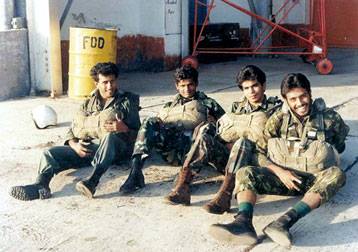

Fazly has left a proud legacy to his family, St. Anthony’s College and Sri Lanka.